Continuing from this thread:
What are good algorithms for vehicle license plate detection?
I've developed my image manipulation techniques to emphasise the license plate as much as possible, and overall I'm happy with it, here are two samples.


Now comes the most difficult part, actually detecting the license plate. I know there are a few edge detection methods, but my maths is quite poor so I'm unable to translate some of the complex formulas into code.
My idea so far is to loop through every pixel within the image (for loop based on img width & height) From this compare each pixel against a list of colours, from this an algorithm is checked to see if the colors keep differentiating between the license plate white, and the black of the text. If this happens to be true these pixels are built into a new bitmap within memory, then an OCR scan is performed once this pattern has stopped being detected.
I'd appreciate some input on this as it might be a flawed idea, too slow or intensive.
Thanks


